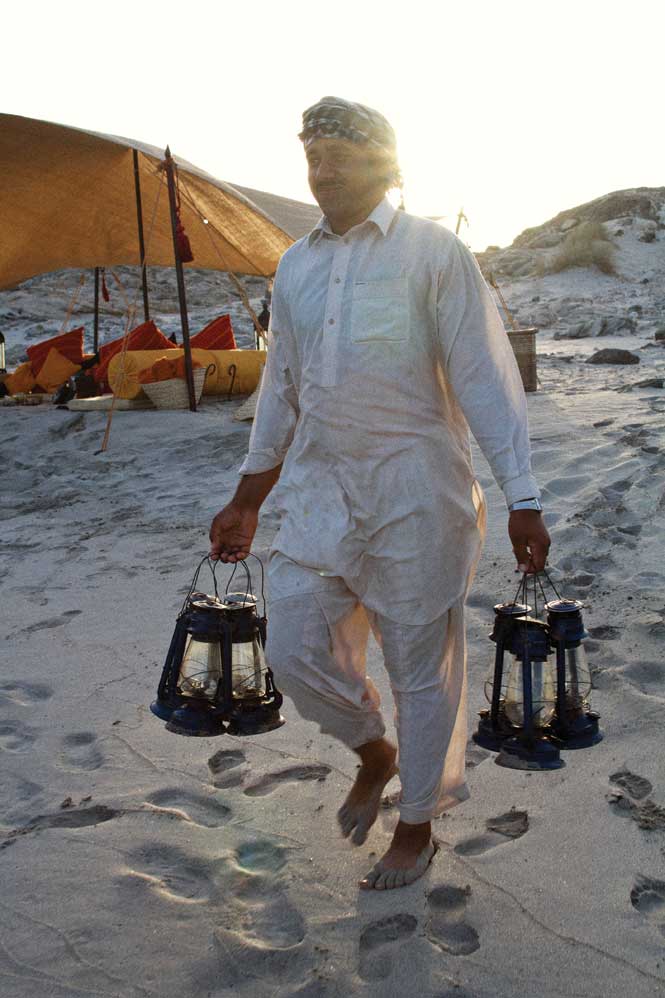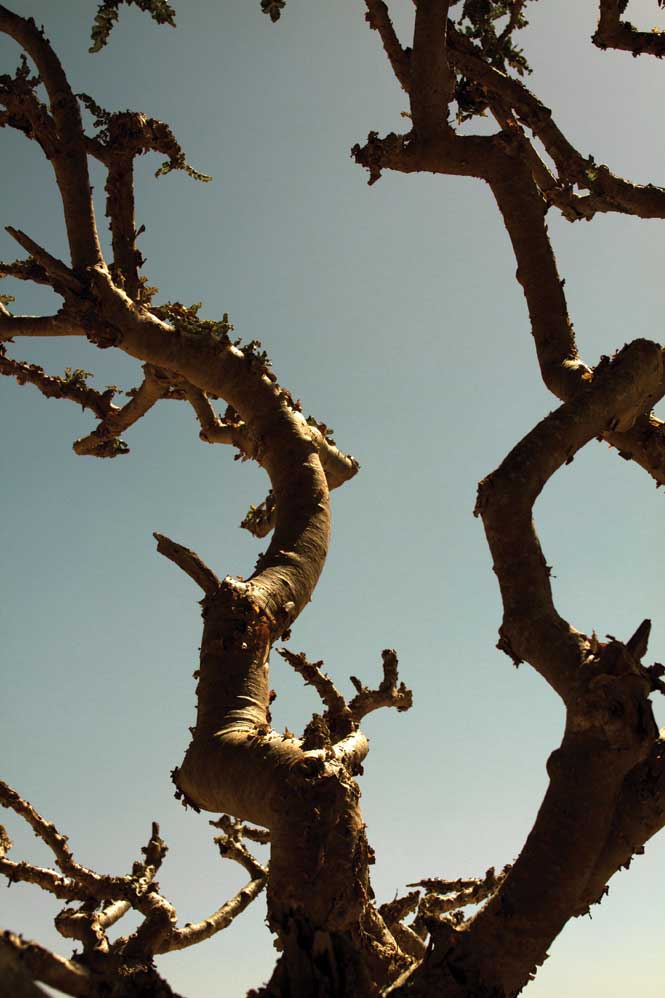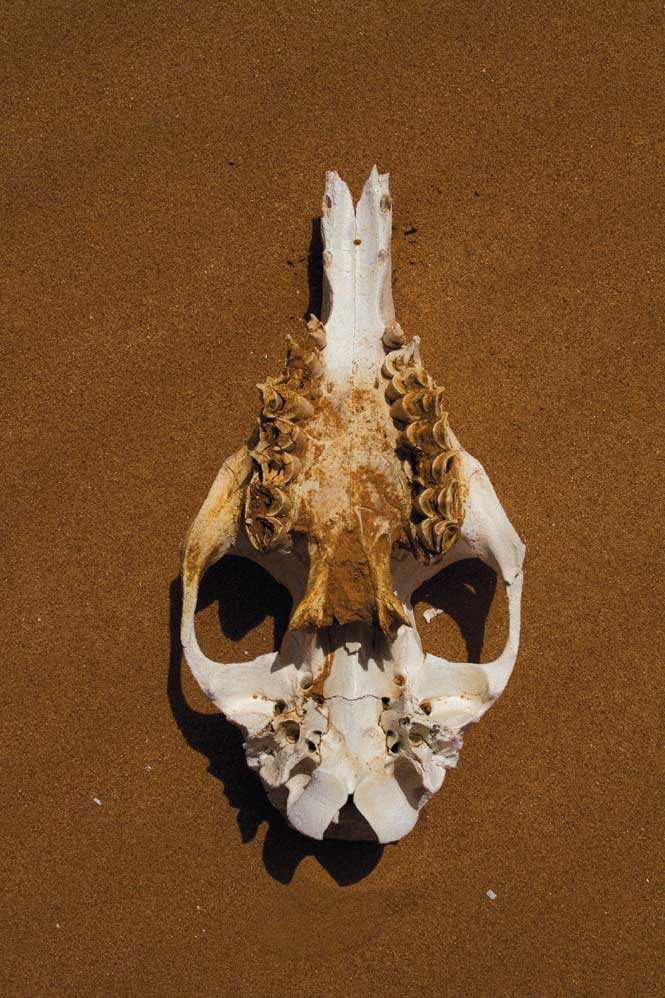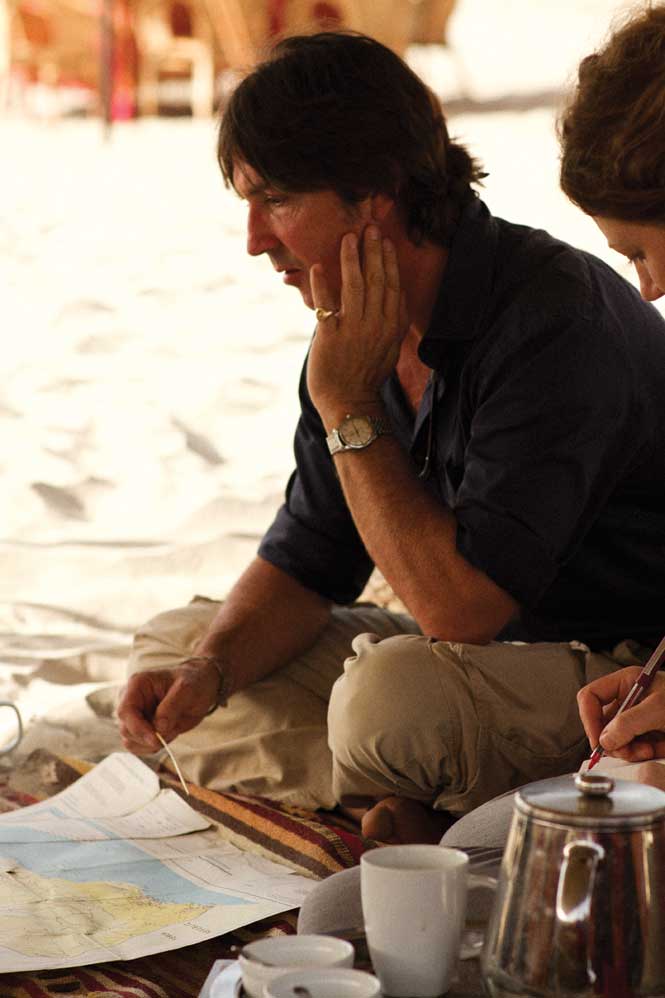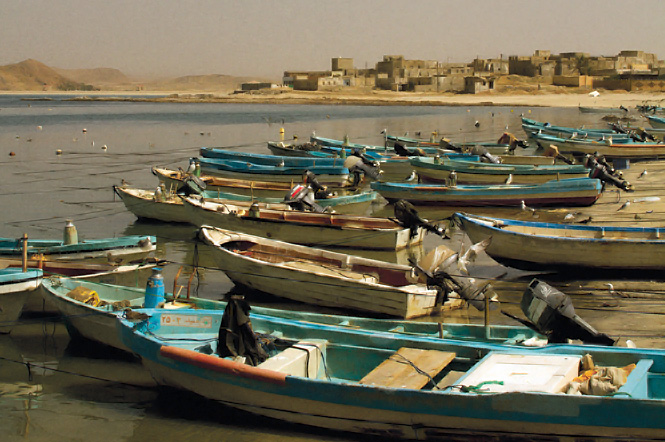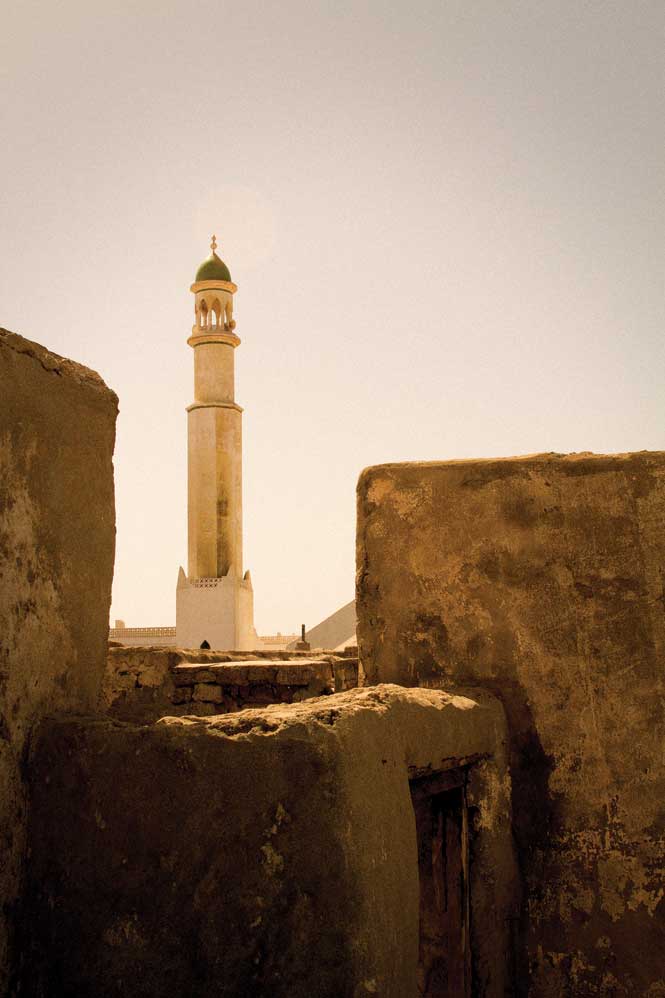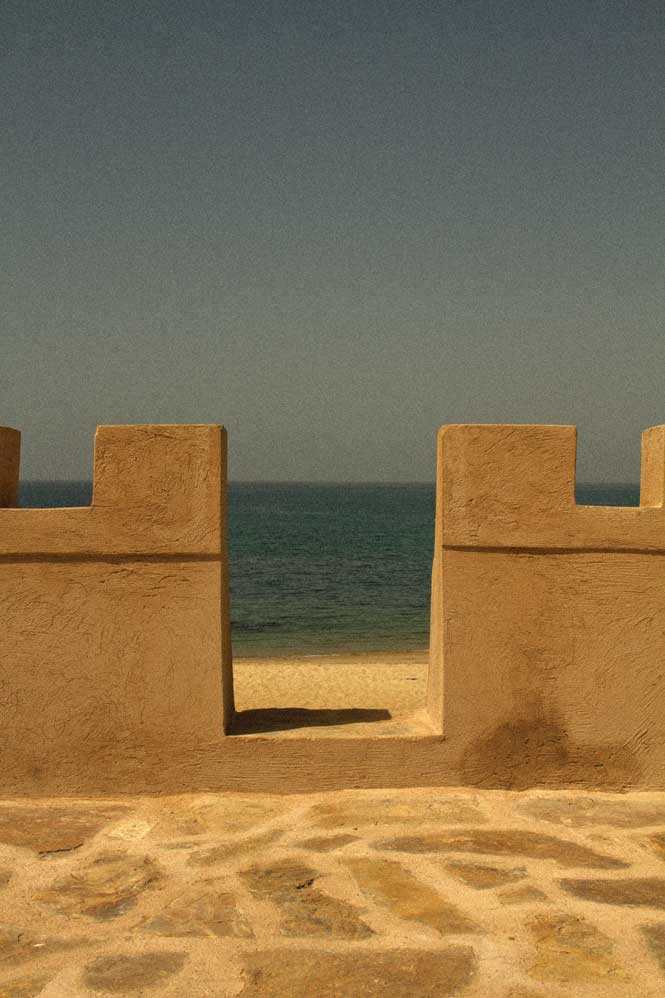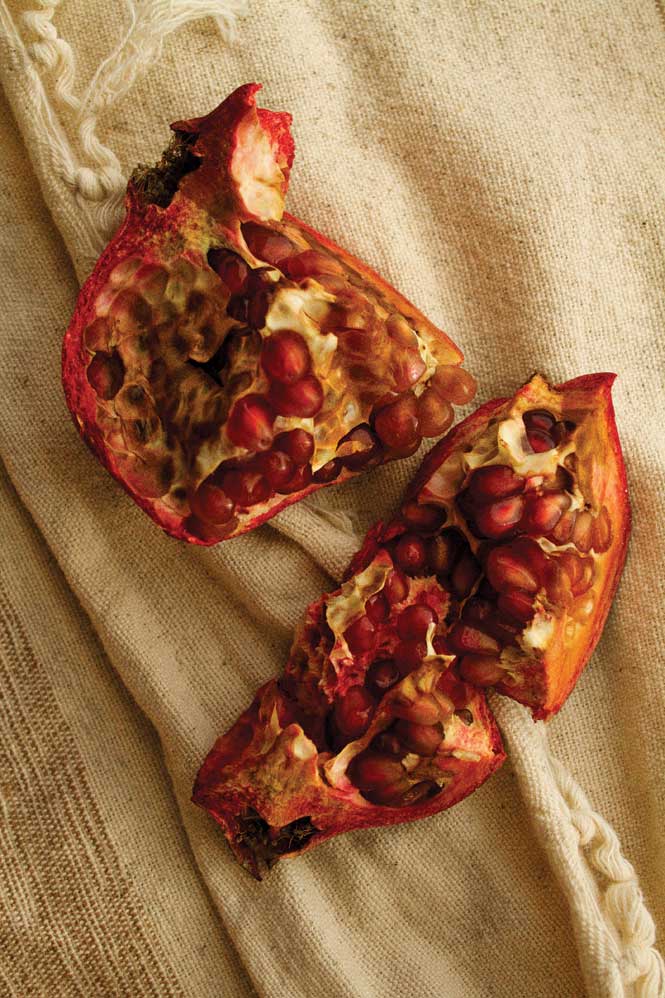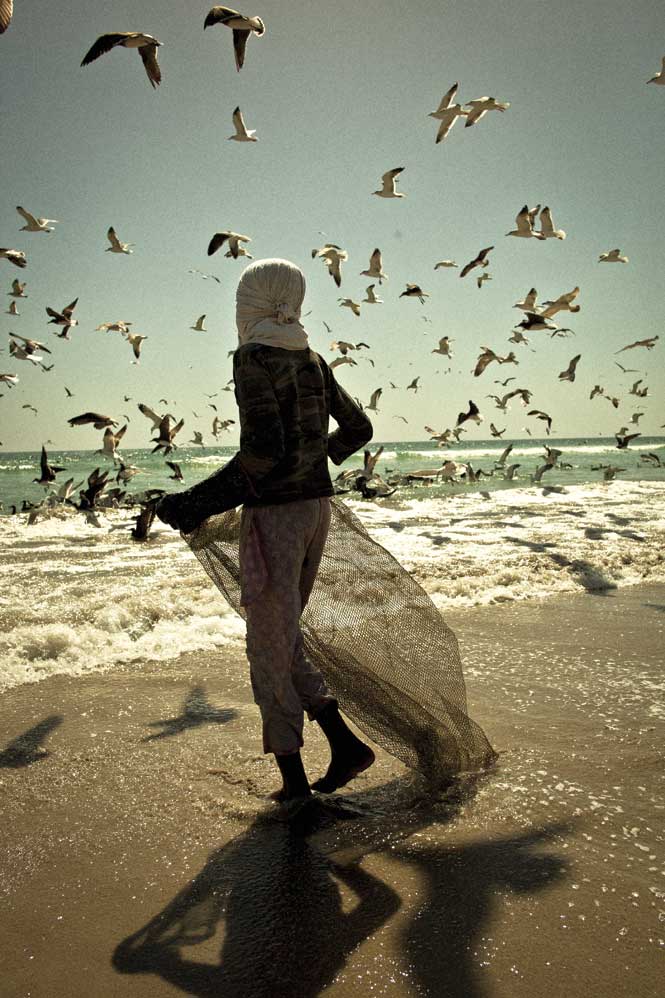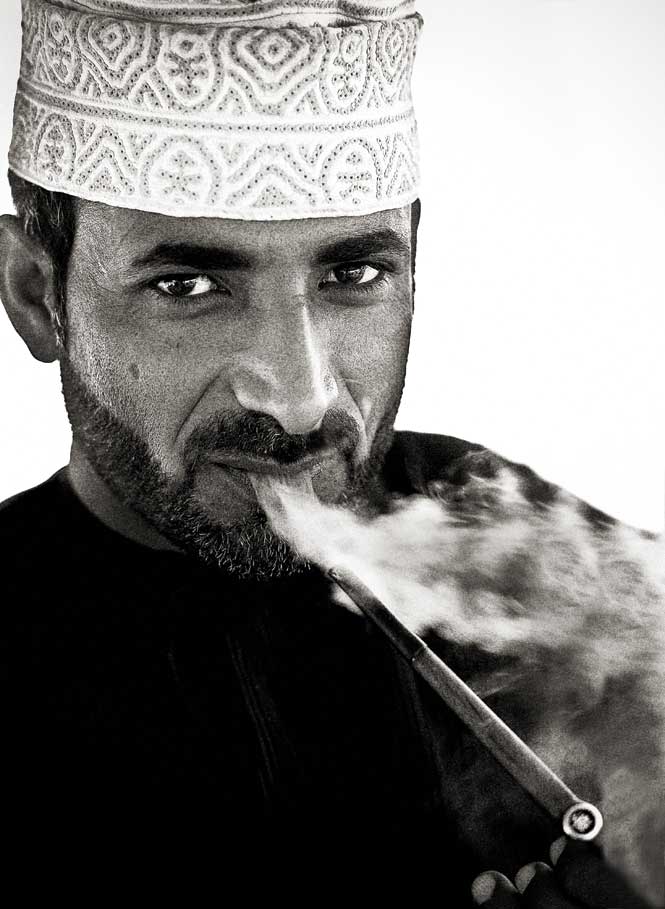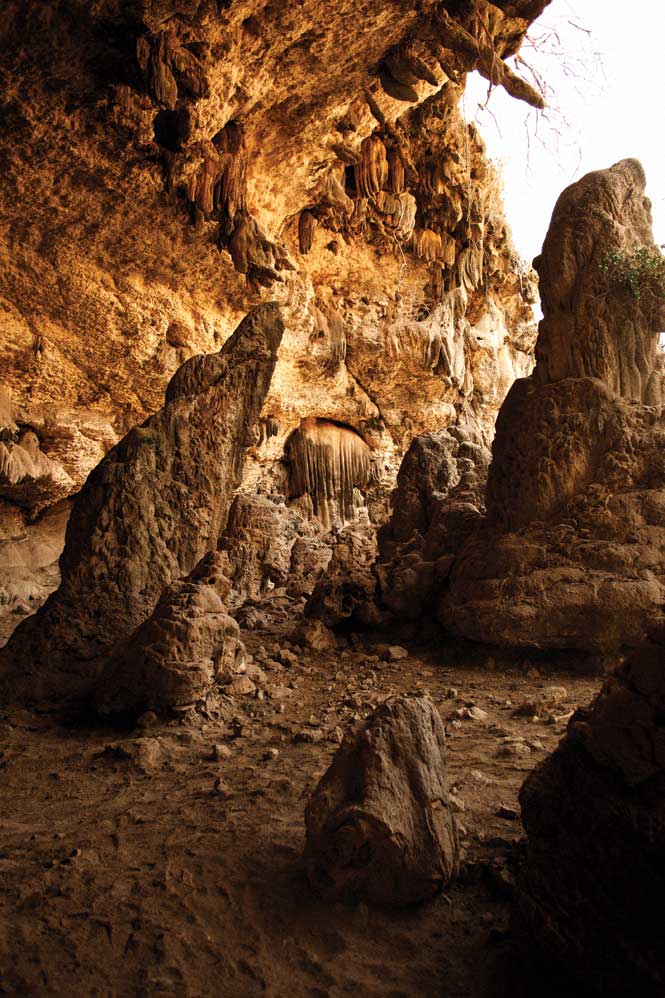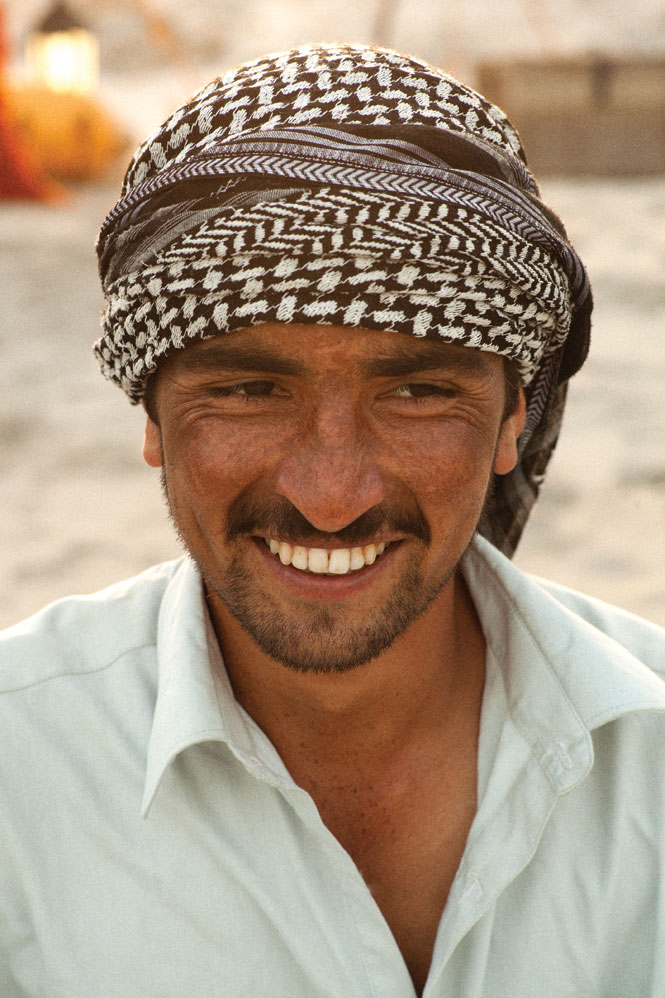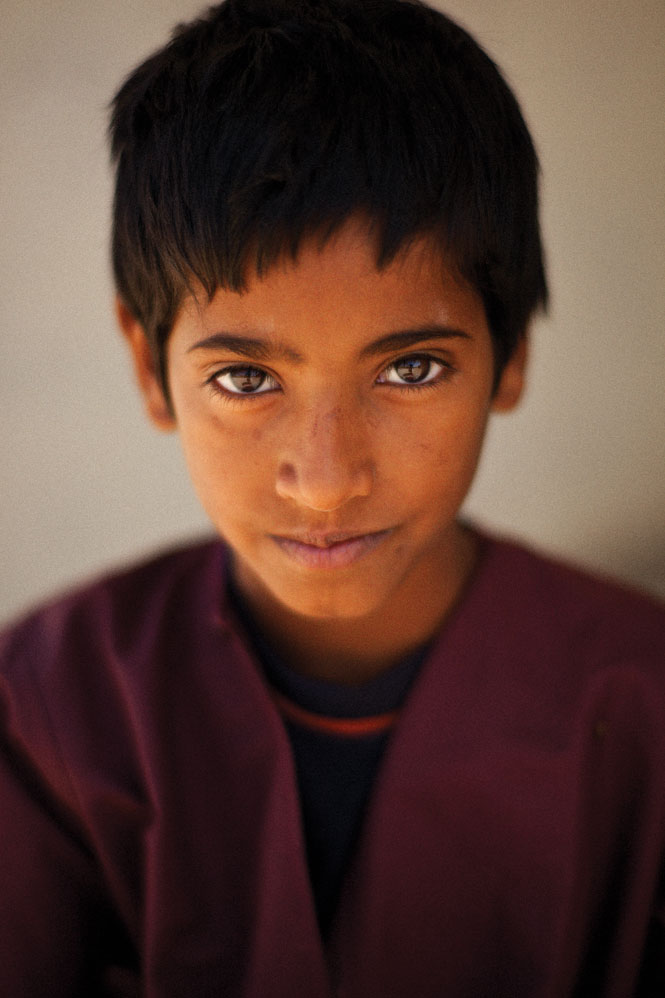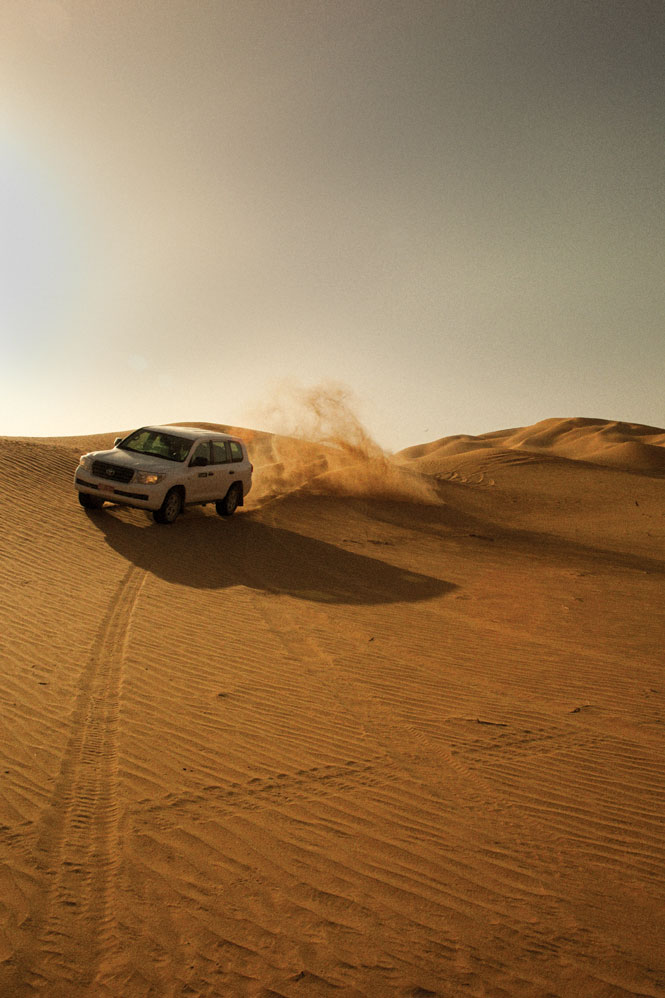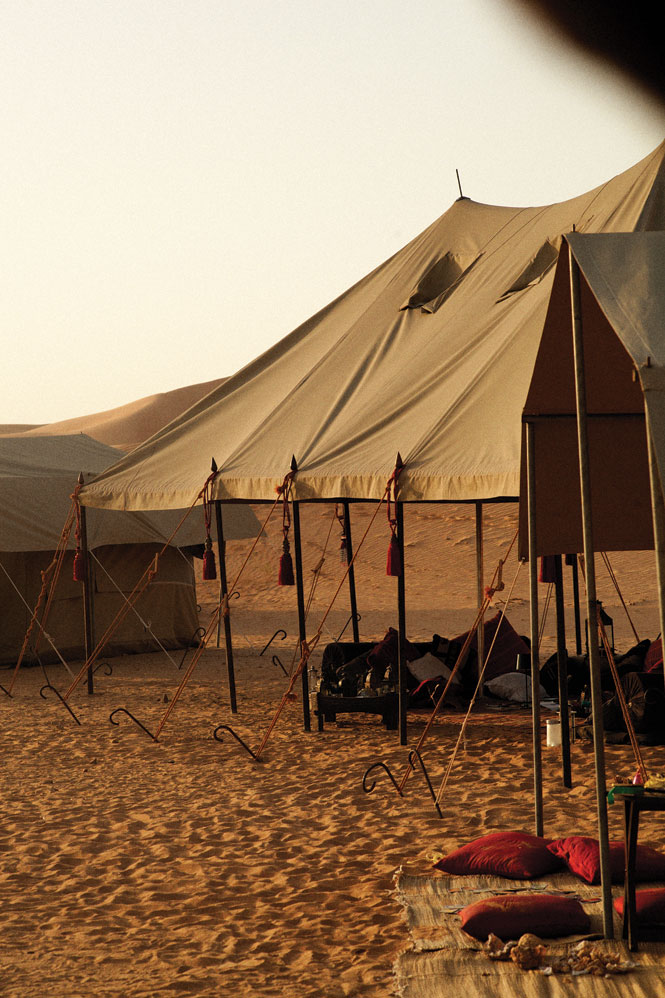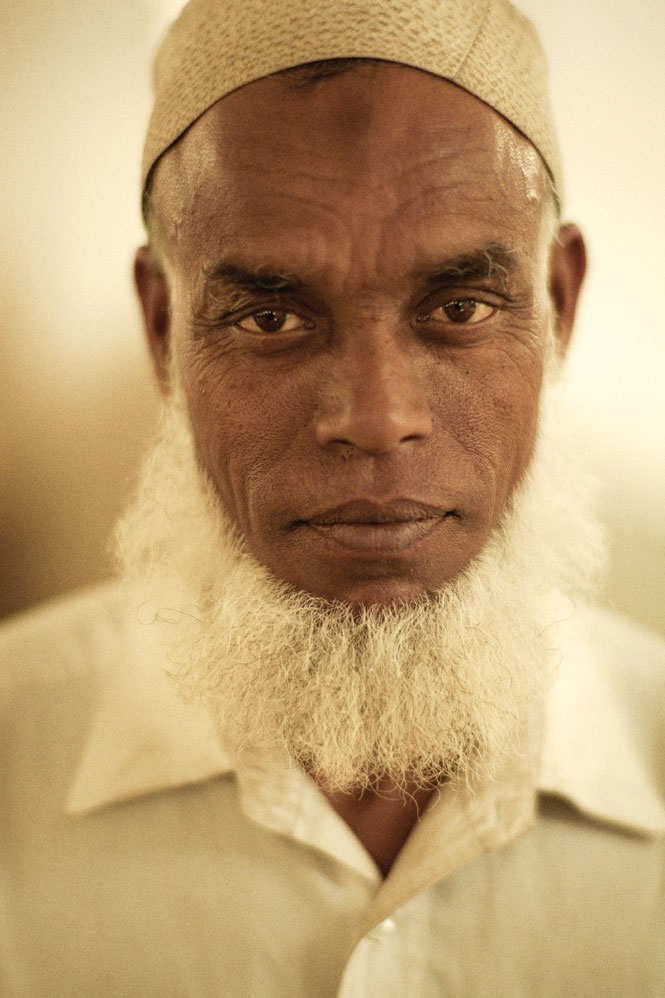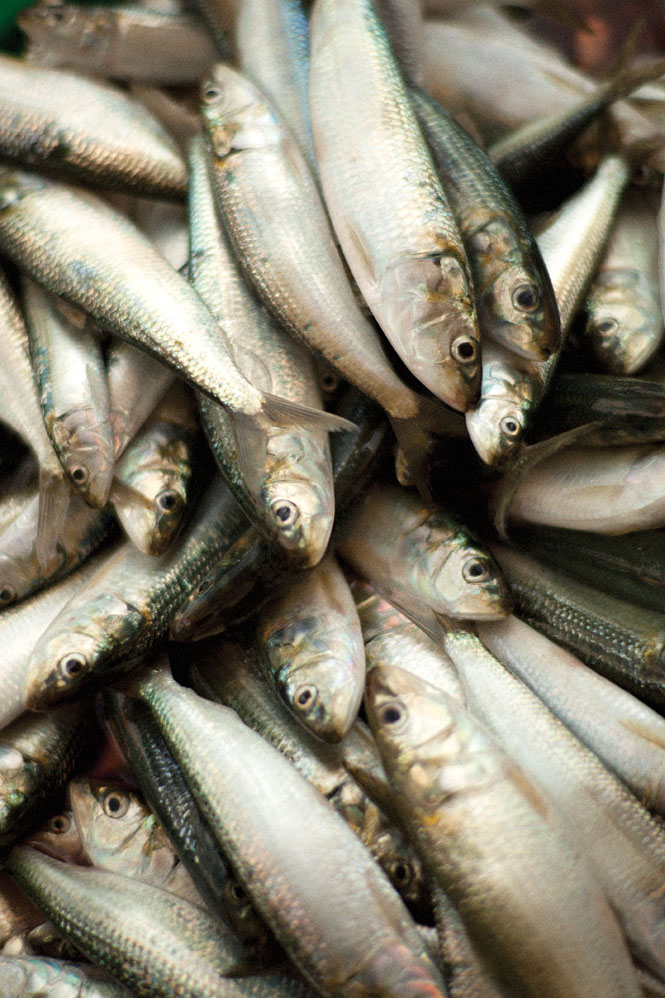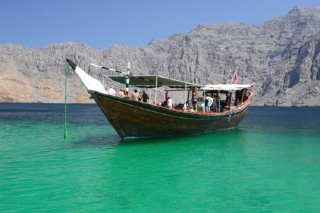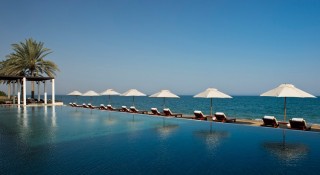After three nights with the beach camp as our base, it’s time to pack up and move on. We do this reluctantly, for what lies behind is better than any beach resort can deliver, with late nights spent talking around a crackling fire; and what lies ahead is a full day’s travel aboard a four-wheel-drive SUV.
The Empty Quarter is wilderness on an epic scale, with sweeps of dunes sculpted into crests like pale, chocolate-butter icing. It goes on like this for some 580,000 square kilometers, covering an enormous swath of the Arabian Peninsula.
We’re making for the desert’s southernmost reaches, where Oman butts up against Saudi Arabia and Yemen. The route is paved at first, with the views from our vehicle taking in little more than “ghost water” —our guides’ term for mirages— and the gray, gravelly flatness that stretches away from the melting asphalt. Occasionally, we spot clutches of frankincense trees and herds of scrawny goats foraging for whatever stubble they can find, but even these thin out as we leave the Dhofar Mountains behind us.
This dramatic ridge separates Salalah from the desert and serves as a kind of curtain to the Indian Ocean monsoon that whips its tail through this region from the end of July to September, watering a narrow coastal belt where orchards of papaya, mango, and sweet bananas fringe the sea. For thousands of years, this part of Oman was the center of the lucrative frankincense trade, at a time when the fragrant gum resin was worth its weight in gold. This maritime heritage helped foster an outward-looking attitude that persists today; unlike some places in the Arab world, Oman welcomes visitors with enormous ease. It also accounts for southern Oman’s 2,000-year-old baobab trees, the only such examples outside Africa. We stop to admire some, stretching our legs in their spindly shade.
But we can’t stop for long. There are still another 270 kilometers left to cover, which will take us deep into the Empty Quarter where the dunes begin to rise up, their spines pin-sharp under a cloudless sky. Eventually, we turn off-road. Aside from a single string of camels, there’s nothing much to see for a couple of hours; only a few truly nomadic Bedouin remain in the desert, so encounters are rare. At last we round a giant hump of sand, maybe 60 meters high, and there, in the late-evening shadows, sits our camp: the tents from our coastal bivouac have already been erected by a team of 10 who didn’t make the pit stop at the baobabs.

